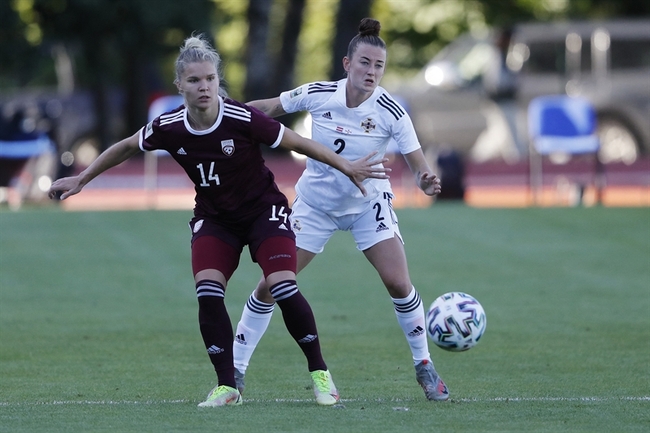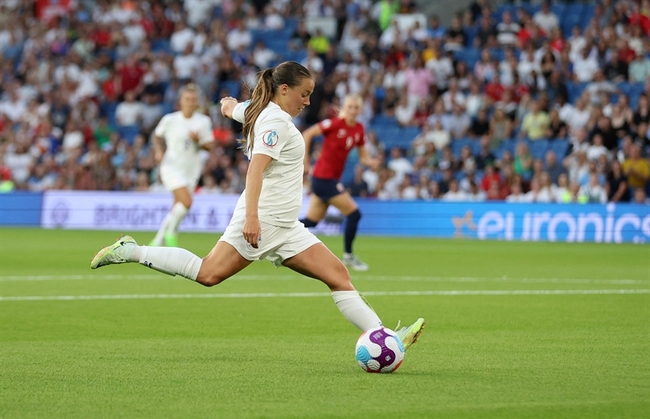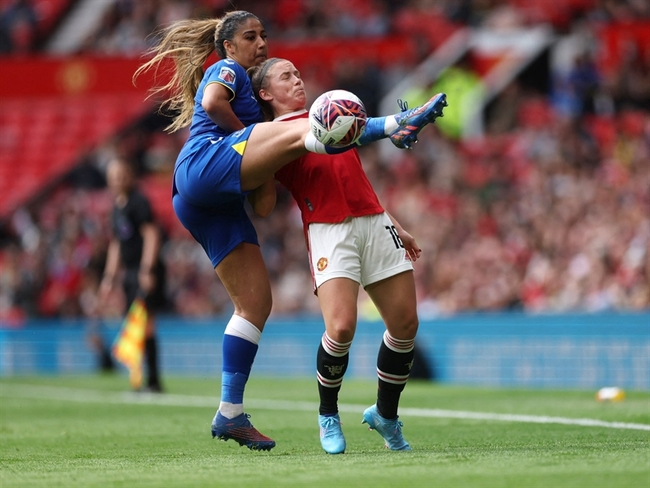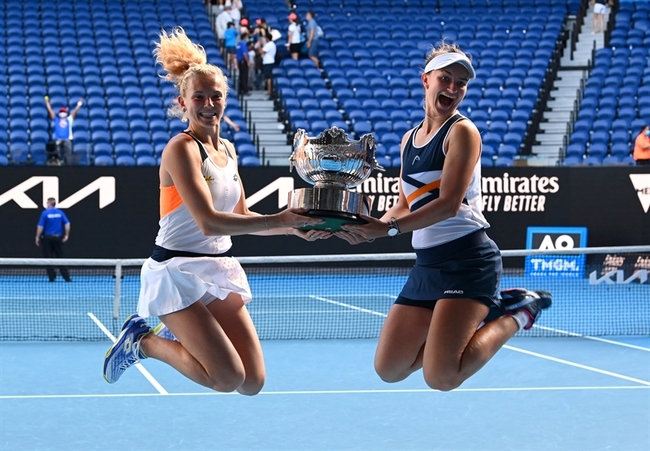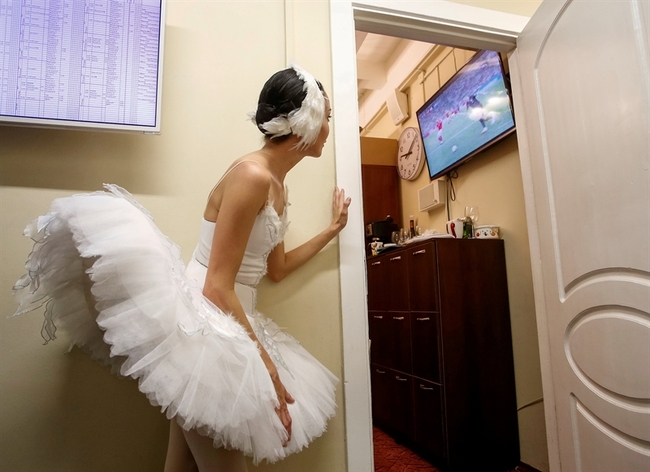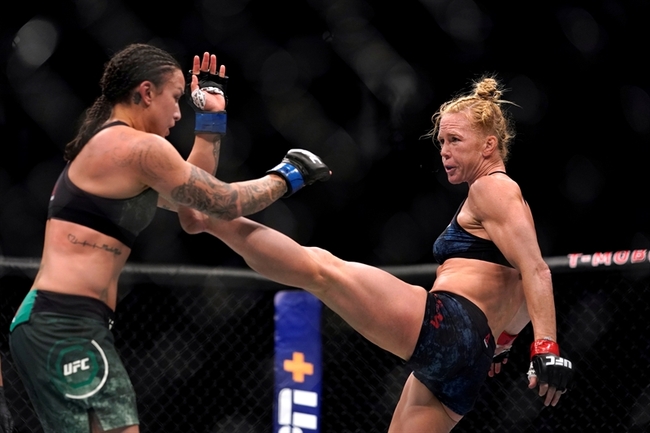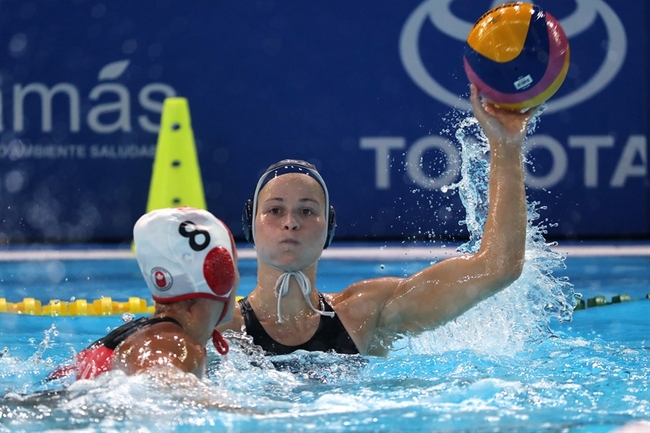Return to sport after femoral acetabular impingement

"When can I return to sport (RTS)?" is the first question on any athlete's mind after an injury. Those with femoral acetabular impingement (FAI) are no different. When the femoral head and neck misalign with the acetabulum, the resulting pressure impinges the labrum or rim around the acetabulum. Persistent impingement, usually classified as a CAM or Pincer impingement, leads to pain, labral tears, and degeneration of the joint. Physio Chris Mallac explained the mechanism of injury, diagnostic tests, and both open and arthroscopic surgical repair of FAI in a recent Masterclass article.
In part two of this Masterclass, Mallac extensively reviews the post-operative rehabilitation protocol and RTS criteria. The postoperative rehabilitation process takes anywhere from four to six months. While Mallac highlights several protocols and RTS tests, Swiss researchers recently investigated the RTS rates following arthroscopic repair of an FAI (1). They noted that most RTS studies reported RTS simply as a yes or no question; did the athlete return to playing a sport or not? The Swiss scientists, however, highlight that RTS is a qualitative entity, meaning athletes have a spectrum of sports participation to choose from. When studies site RTS rates, they neglect to specify if the athletes returned to their prior sport or level of performance after the intervention in question.
Rather than assume the RTS was to previous levels, the Swiss team surveyed 127 patients who received arthroscopic repair of an FAI. Of those, all returned to some level of sport or exercise participation. A mere 28% actually returned to their pre-injury sport and only 21% to their prior level of performance. The mean time to resuming previous sports participation after surgery was 8.1 months.
The participants in this study were athletes of varying levels of performance. Since all returned to participation, but roughly only one quarter to their prior sport, the authors suggest RTS reported along a continuum of activity may provide athletes with more realistic expectations of outcomes. They concluded that the 91% rate of RTS reported in the literature may mislead athletes into thinking nearly all who undergo arthroscopic repair for FAI return to prior levels of performance.
As physio Tracy Ward explains in her article on the psychology of RTS, managing expectations plays a role not only in RTS, but the incidence of re-injury as well. Defining exactly what RTS means to athletes helps to clarify their goals and set realistic expectations. No matter the type of injury, athletes benefit from explaining RTS as levels of participation and performance.
Reference
- Br J Sports Med. 2018;0:1-2. Epub ahead of print
You need to be logged in to continue reading.
Please register for limited access or take a 30-day risk-free trial of Sports Injury Bulletin to experience the full benefits of a subscription. TAKE A RISK-FREE TRIAL
TAKE A RISK-FREE TRIAL
Newsletter Sign Up
Subscriber Testimonials
Dr. Alexandra Fandetti-Robin, Back & Body Chiropractic
Elspeth Cowell MSCh DpodM SRCh HCPC reg
William Hunter, Nuffield Health
Newsletter Sign Up
Coaches Testimonials
Dr. Alexandra Fandetti-Robin, Back & Body Chiropractic
Elspeth Cowell MSCh DpodM SRCh HCPC reg
William Hunter, Nuffield Health
Be at the leading edge of sports injury management
Our international team of qualified experts (see above) spend hours poring over scores of technical journals and medical papers that even the most interested professionals don't have time to read.
For 17 years, we've helped hard-working physiotherapists and sports professionals like you, overwhelmed by the vast amount of new research, bring science to their treatment. Sports Injury Bulletin is the ideal resource for practitioners too busy to cull through all the monthly journals to find meaningful and applicable studies.
*includes 3 coaching manuals
Get Inspired
All the latest techniques and approaches
Sports Injury Bulletin brings together a worldwide panel of experts – including physiotherapists, doctors, researchers and sports scientists. Together we deliver everything you need to help your clients avoid – or recover as quickly as possible from – injuries.
We strip away the scientific jargon and deliver you easy-to-follow training exercises, nutrition tips, psychological strategies and recovery programmes and exercises in plain English.



